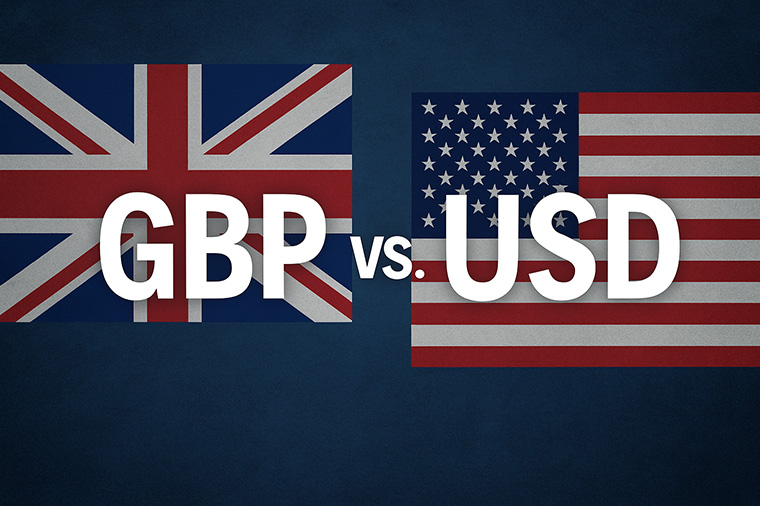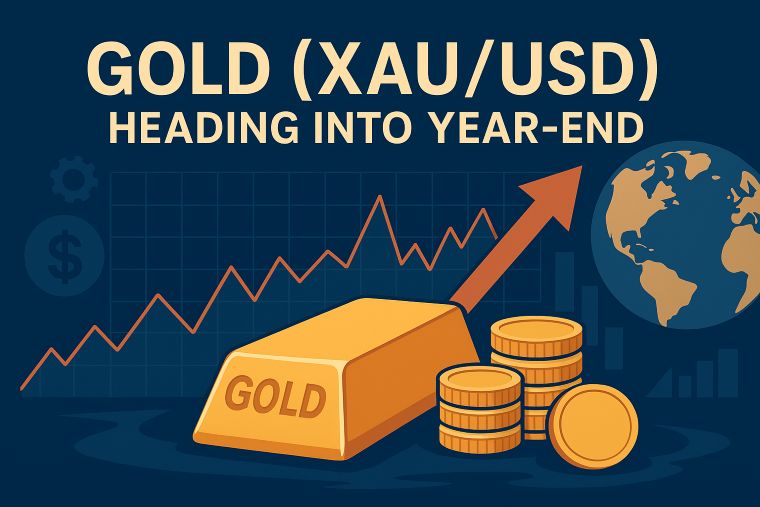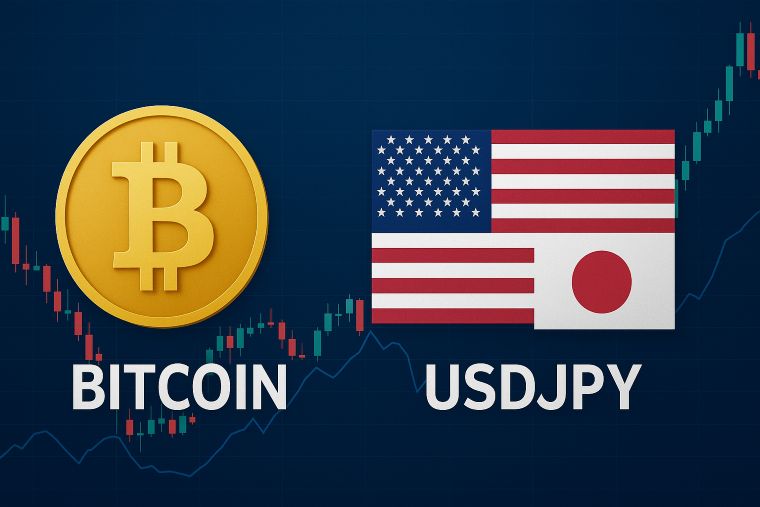5 min to read
Sterling vs. the Dollar
a cross-currents story — GBP/USD outlook

As we move into September 2025, GBP/USD sits at the intersection of two policy arcs and several geopolitical fault lines. On one side, the Bank of England has paused after a prolonged tightening cycle and is watching UK inflation and activity; on the other, the US Federal Reserve is pivoting from restrictive policy as domestic job and activity data soften. Meanwhile, trade tensions, energy risks and episodic geopolitical shocks are repeatedly shifting risk sentiment — and with it, demand for the dollar as a safe haven. The result is a market that is primed for directional moves but sensitive to short-term news and data surprises.
Monetary policy: the single biggest structural driver
Two central-bank stories dominate the rate differential channel that underpins FX valuations.
• The Bank of England’s official Bank Rate is broadly higher than it was a year earlier but has been steady following recent MPC decisions; market participants are focused on the next BoE meeting.
• In contrast, US policy is shifting: market and Fed commentary in early September 2025 placed the Federal Reserve on course to begin cutting the federal funds rate as domestic growth and labour data softened. A Fed easing cycle in the months ahead reduces the U.S. policy premium that has supported the dollar.
Implication: if the Fed follows through with cuts while the BoE remains on hold (or cuts more slowly), sterling has scope to appreciate against a fading dollar — all else equal. But the market will judge later Fed moves against incoming inflation and jobs data, meaning the path will be bumpy.
Growth and inflation: UK versus US
UK household cost measures and CPI readings have been stubborn enough to keep the BoE alert to upside inflation risks, even as headline inflation has trended down from earlier peaks. That tighter domestic price backdrop gives the BoE latitude to be more cautious about cutting quickly.
At the same time, the US showed weaker payrolls and softening labour-market indicators in early September 2025, increasing the probability of Fed easing — a development that is conventionally dollar-bearish. Yet the dollar also benefits from safe-haven flows: episodes of geopolitical stress can quickly reverse that directional bias.
Geopolitics and trade: episodic shocks that amplify volatility
Three geopolitical and geo-economic themes matter most for GBP/USD:
-
US–China trade and tariff uncertainty. Even with temporary truces, talks have produced limited structural clarity; the risk of re-escalation and new restrictions remains and acts as a drag on global growth and market sentiment.
-
The Russia–Ukraine conflict and Middle East flare-ups. Energy price spikes and supply-chain frictions stemming from these theaters can push inflation and safe-haven flows, strengthening the dollar and weighing on sterling.
-
UK domestic politics. Short-term political noise can influence gilt yields and thus sterling through portfolio flows; government reshuffles or fiscal surprises matter for market positioning.
Where technicals and forecasts place GBP/USD
Research houses and dealers generally express modestly constructive medium-term views for sterling against the dollar: a base case that assumes a Fed easing cycle and stable UK policy places GBP/USD in higher ranges toward late-2025 and early-2026. Technical short-term analysis suggests sterling can push higher if it clears near-term pivot levels, but reversals are likely on risk-off headlines.
Scenarios to watch (and their market consequences)
I. Base case – Fed cuts, BoE patient (moderate sterling appreciation)
If the Fed begins a modest easing cycle while the BoE stays cautious, easing the U.S. policy premium, GBP/USD could drift toward the mid-1.30s to low-1.40s over coming quarters as yield differentials narrow and global risk appetite stabilizes.
II. Risk-off shock (dollar rally, sterling under pressure)
A sudden geopolitical escalation — a major energy shock from the Middle East or renewed trade escalation — would push safe-haven demand into USD and likely send GBP/USD sharply lower. Energy and commodity channels would also hit UK inflation and growth, complicating the BoE’s policy calculus.
III. BoE surprises to the hawkish side (sterling rallies strongly)
If UK inflation re-accelerates materially and the BoE signals a keep-rates-higher-for-longer stance, sterling could outperform materially versus a Fed that pivots to cuts — a ‘sterling squeeze’ driven by real yield differentials and repositioning flows.
IV. Global growth disappointment (both currencies pressured, USD outperforms)
If global growth slows sharply and policy-makers are forced into aggressive easing that undermines confidence in risk assets, GBP — as a smaller, growth-sensitive currency — could underperform even if the dollar weakens in certain cycles; capital flight to cash would favor dollar liquidity.
Practical takeaways for readers
• The near-term GBP/USD direction will be driven most by the timing and magnitude of Fed cuts versus any BoE moves.
• Watch UK inflation prints, BoE communications and US jobs/CPI releases for decisive intra-quarter moves.
• Geopolitical flashes (trade/tariff noise, Middle East developments, or a major Russia/Ukraine escalation) will create episodic volatility that can temporarily overwhelm monetary-policy signals.
Short newsletter summary (200–250 words)
Sterling’s path versus the dollar into late-2025 depends primarily on central-bank divergence and episodic geopolitical shocks. A Fed pivot toward modest rate cuts while the BoE remains cautious is the base case that would support a stronger GBP/USD as the U.S. policy premium narrows. However, the dollar’s safe-haven role means that any sudden geopolitical escalation — whether energy-related or trade-driven — can trigger swift dollar rallies and send sterling lower. Market participants should monitor the calendar for UK inflation prints and BoE commentary, plus US employment and CPI releases; these data points will likely determine the tempo of any meaningful moves. Expect choppy trends with sharp intraday reversals rather than a smooth, one-directional trend.
Visit XM Official Website.

